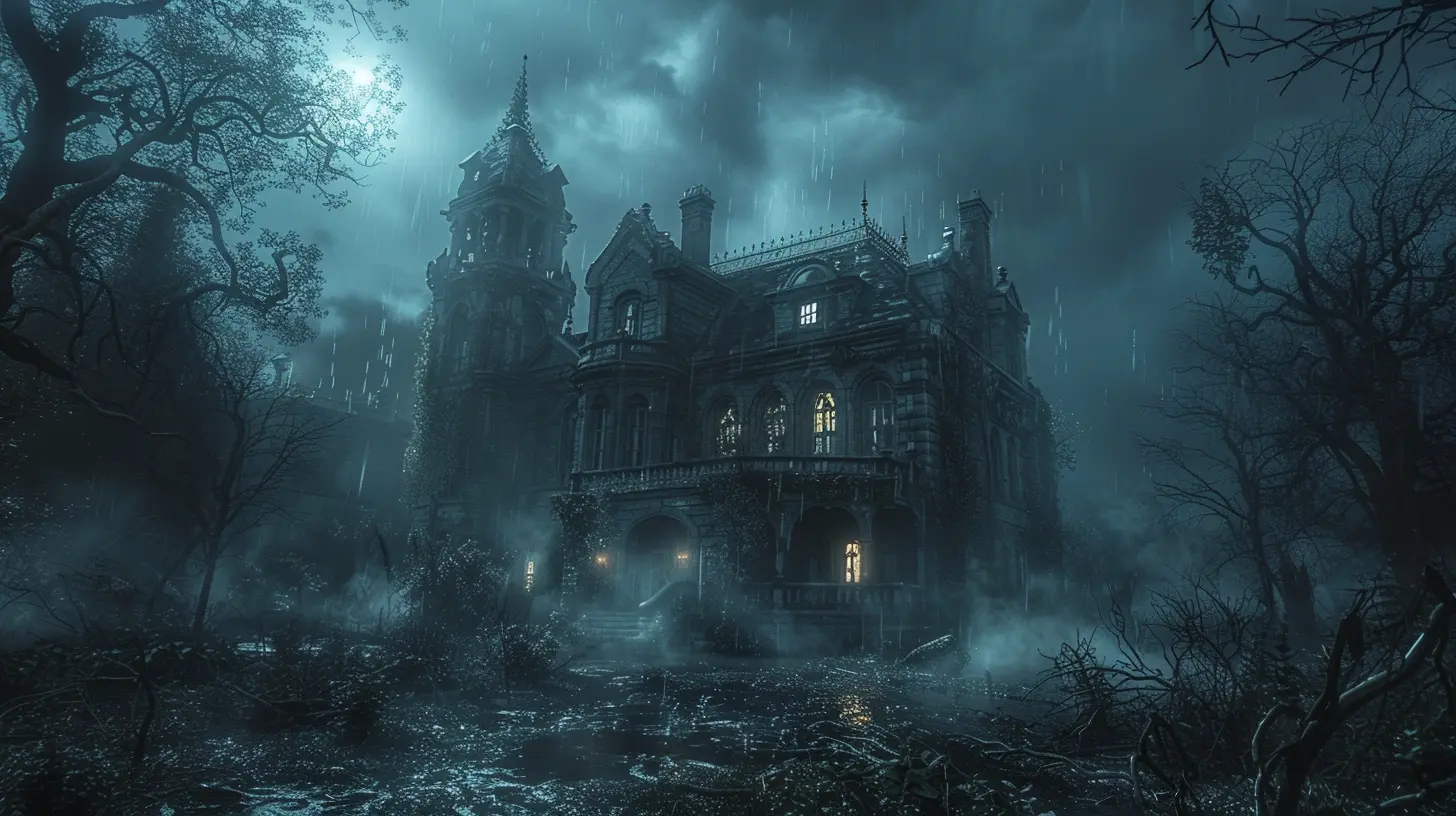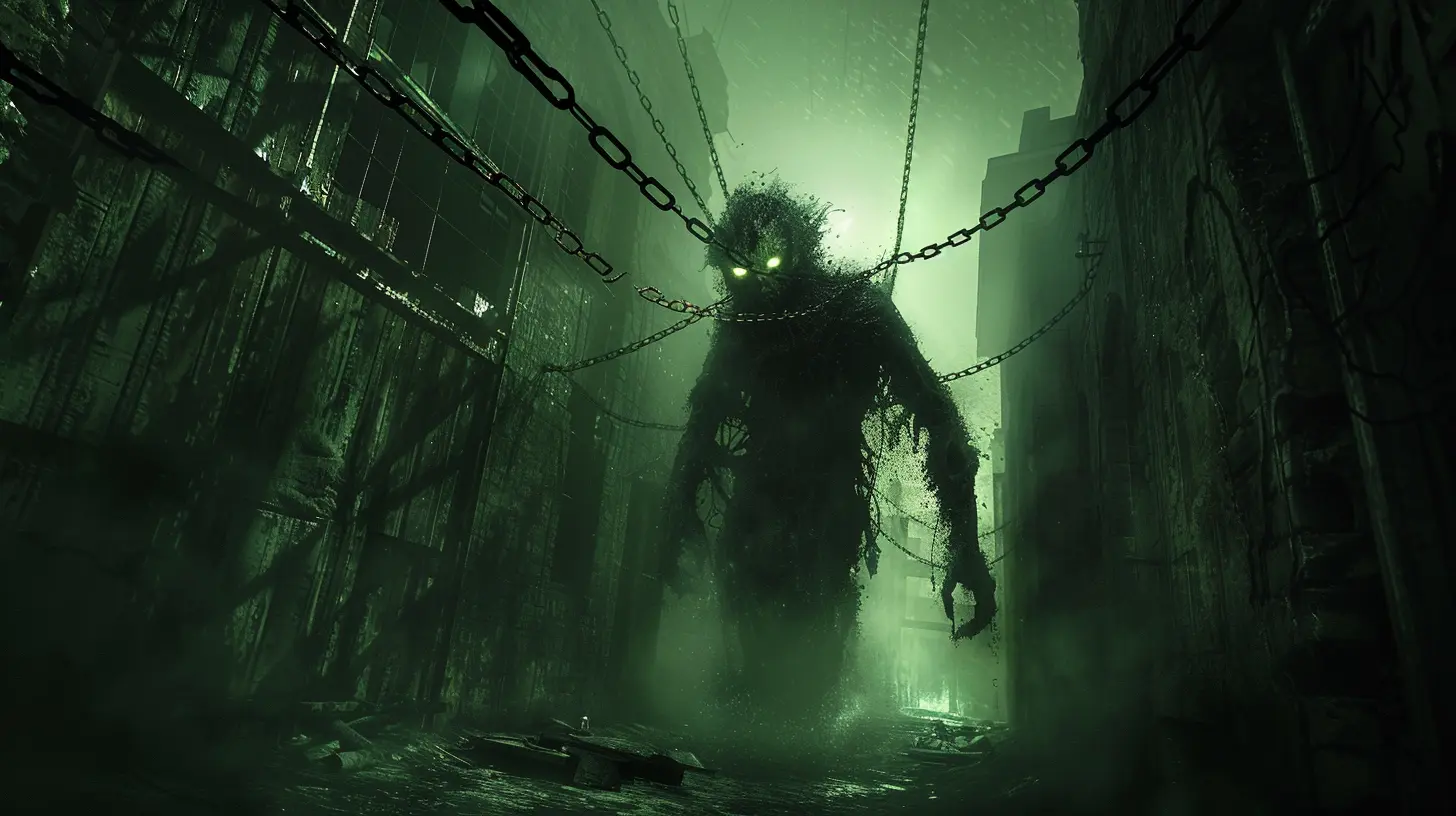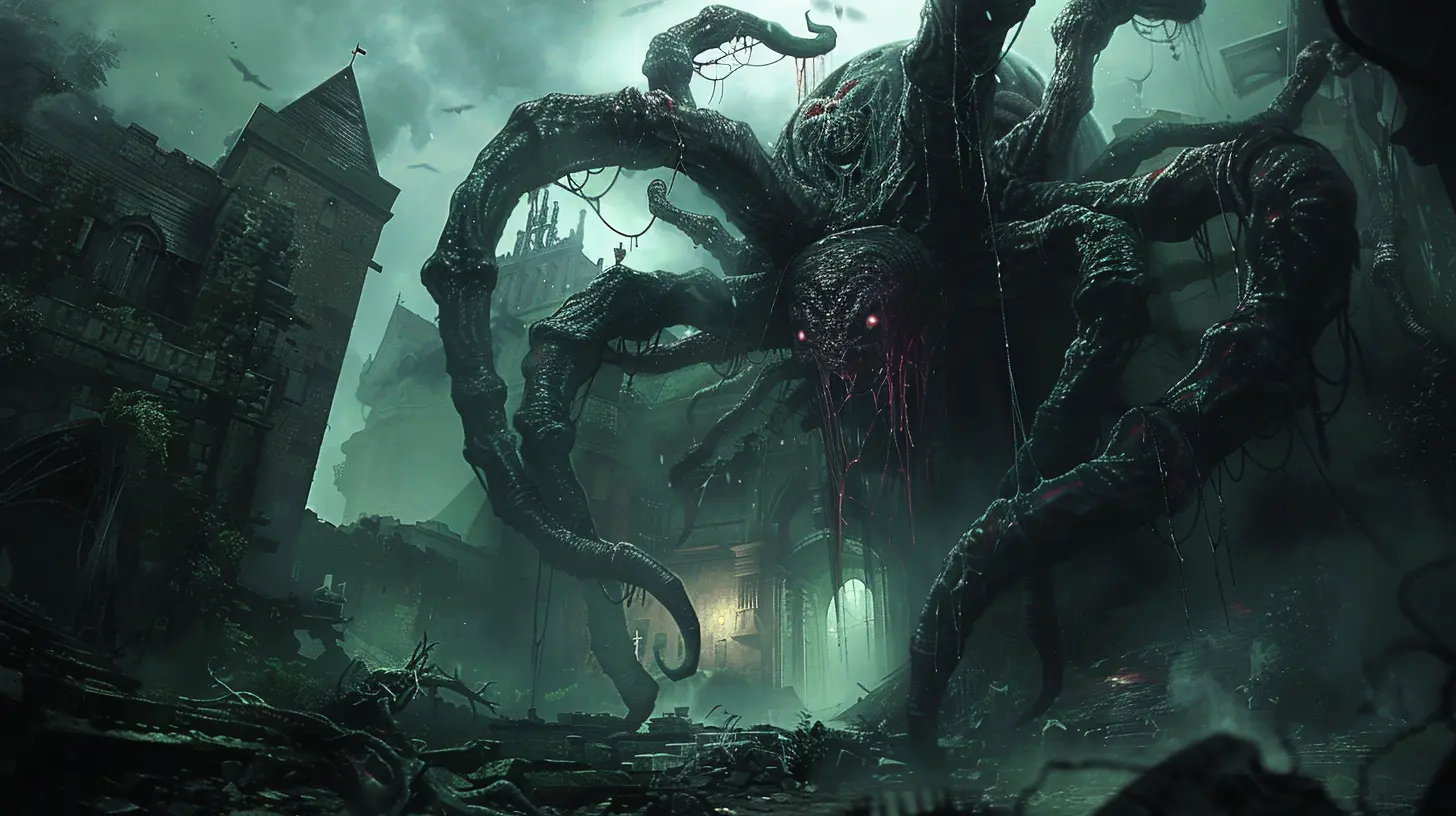Crafting Suspense in Horror Games: The Art of Building Tension
3 November 2025
When was the last time a horror game truly gave you the creeps? Not jump scares or buckets of gore but that pure, spine-chilling sense of dread that creeps up on you. True suspense isn't about throwing a monster in your face—it’s about the moments leading up to it. It’s the creaky floorboards, the flickering lights, and the overpowering silence before the storm. Crafting suspense in horror games is an art, and when done right, it can leave players emotionally charged and yearning (or terrified) to take the next step. So, how exactly do developers pull it off? Let’s dive deep into the dark world of horror game design and uncover the secrets behind building tension.
What Makes Horror Games So Terrifying?
Before we get into the nitty-gritty of suspense, let’s talk about why horror games hit differently compared to movies or books. Think about it—when you’re watching a scary movie, you’re a passive observer. But in a horror game? You’re in the driver’s seat. It’s your choices, your movements, and your courage (or lack thereof) that propel the story forward. Pretty nerve-wracking, right?This interactivity makes the stakes feel real. You’re not just watching someone else venture into the haunted house—you’re in the haunted house. The weight of that responsibility creates a unique kind of tension that only gaming can provide. And developers know how to exploit every bit of that.
The Psychology Behind Building Suspense
Suspense is all about playing with expectations. It’s that constant tug-of-war between what you think might happen and what actually does. Good suspense toys with your emotions, keeping you on edge by giving you just enough breadcrumbs to keep going.1. Fear of the Unknown
The human brain hates uncertainty. We’re wired to analyze and predict outcomes, so when something is shrouded in mystery, it gnaws at us. Horror games thrive on this. Think about how "Silent Hill" envelops you in fog, obscuring everything beyond a few feet. What’s lurking out there? Who knows? That’s the point.2. Anticipation is Everything
Suspense isn’t about the payoff—it’s about the buildup. Developers often stretch out moments of calm, letting you breathe just long enough to make you uneasy. You know something will happen, but not knowing when is what drives the tension sky-high.3. The Power of Vulnerability
What’s scarier than being powerless? Many horror games deliberately make you feel like a sitting duck—limited weapons, scarce resources, or even the inability to fight back at all. This lack of control amplifies the fear and keeps you tiptoeing around every shadow.
Tools of the Trade: How Developers Craft Suspense
So, how do game designers turn these psychological tricks into tangible experiences? They have a toolbox of techniques that they use to make our palms sweat and our pulse race.1. Atmosphere is Key
Let’s be real—without a gripping atmosphere, a horror game falls flat. Imagine walking through a haunted forest where the trees seem alive, the wind howls like a distant scream, and every crunch of leaves sounds like a warning. That’s what a good atmosphere does—it immerses you completely.Developers use ambient sounds, lighting, and environmental storytelling to create an unsettling vibe. Games like "Amnesia: The Dark Descent" excel at this, trapping players in dark, oppressive environments that make your heart race just from walking around.
2. Timing is Everything
Ever heard of "less is more"? Horror games thrive on this principle. They don’t bombard you with scares; they pace them out strategically to keep you guessing. A perfectly timed creak or a shadow darting across a corridor can be more terrifying than a full-blown monster reveal.3. Audio Design: The Unsung Hero
Sound is arguably the most important tool in a horror game’s arsenal. A well-crafted audio design can turn any mundane moment into a nerve-wracking experience. The whisper of footsteps behind you, the distant growl of something unnatural, or even the eerie silence—all of these play into your imagination.Games like "Dead Space" use audio brilliantly. You’ll hear metal clanging in the distance or a faint voice murmuring, making you question whether you’re losing your mind. It’s the kind of stuff that sticks with you even after you’ve turned off the console.
4. Unpredictable AI and Enemies
What’s scarier than a monster? A monster you can’t predict. Linear patterns or repetitive behavior make enemies less threatening over time. But introduce some randomness, and suddenly, every encounter feels fresh and dangerous.Take "Alien: Isolation," for example. The Xenomorph’s AI is designed to stalk and adapt to your actions, ensuring that no hiding spot feels truly safe. It’s a masterclass in creating unrelenting tension.
5. Subtle Visual Cues
Sometimes, the scariest things are the ones you don’t even notice at first glance. Developers sneak in subtle details that your subconscious picks up on, creating unease without you even realizing it. A painting that changes every time you walk past it. A shadow that doesn’t belong to anything. These elements mess with your sense of reality and keep you constantly second-guessing.
Masterpieces of Suspense: Horror Games That Nailed It
Let’s take a moment to appreciate some horror games that have mastered the art of suspense. These titles didn’t just rely on cheap jumps—they built tension so thick you could cut it with a knife.1. Silent Hill 2
If there’s one game that set the gold standard for psychological horror, it’s "Silent Hill 2." The town itself feels like a living, breathing entity, and the game’s slow, deliberate pacing lures you into a sense of helplessness. It’s not just about the monsters—it’s about the emotional weight of the story and the oppressive atmosphere.2. Resident Evil 7: Biohazard
Capcom’s return to survival horror roots in "Resident Evil 7" was a masterpiece of suspense. The Baker family’s dilapidated mansion oozes tension, while the first-person perspective makes every creak and shadow feel personal.3. Outlast
Armed with nothing but a camcorder, "Outlast" strips you of any means to defend yourself. The claustrophobic asylum setting, coupled with its brilliant use of light and sound, keeps you on edge from start to finish. You’re constantly weighing the risks of moving forward—with every step feeling like it might be your last.How You Can Appreciate the Art of Suspense
Next time you play a horror game, take a moment to appreciate the craftsmanship behind the scares. Notice how the music shifts, how the environments subtly guide your emotions, and how the pacing keeps you on your toes. Every element is deliberately designed to toy with your mind and make you feel vulnerable.And hey, if you’re thinking about making your own horror game one day, take notes! Building suspense isn’t just about scaring people—it’s about creating memorable, impactful experiences.
Conclusion: The Sweet Agony of Suspense
Crafting suspense in horror games is no easy task—it’s a delicate balance of pacing, atmosphere, and psychology. But when done right, it’s magic. It turns a simple walk down a hallway into an unforgettable ordeal. It makes players question their every move, hesitate before opening a door, and replay moments in their heads long after the game is over.So, the next time you find yourself clutching your controller with sweaty palms and a racing heart, remember: the real star of the show isn’t the monster waiting to jump out at you—it’s the suspense that made you dread opening that door in the first place.
all images in this post were generated using AI tools
Category:
Horror GamesAuthor:

Greyson McVeigh
Discussion
rate this article
1 comments
Sabrina McNaughton
This article nails the essence of suspense in horror games. Building tension isn't just about jump scares; it's the slow, creeping dread that keeps players on edge. The insights on atmosphere, sound design, and pacing are spot-on. Excited to see how developers continue to innovate in this thrilling genre!
November 13, 2025 at 4:50 AM

Greyson McVeigh
Thank you! I'm glad you resonated with the insights on tension and atmosphere. It's exciting to see how innovation will shape the future of horror games!


